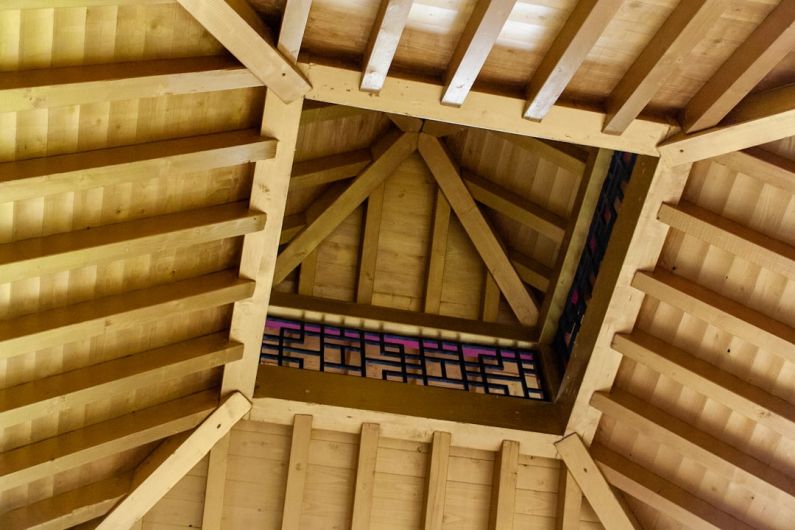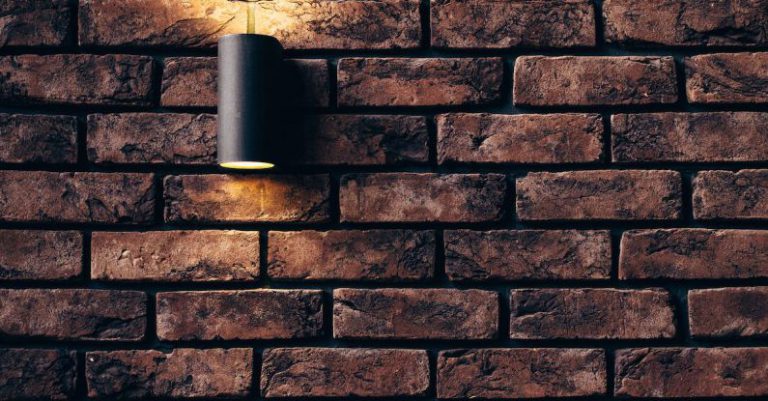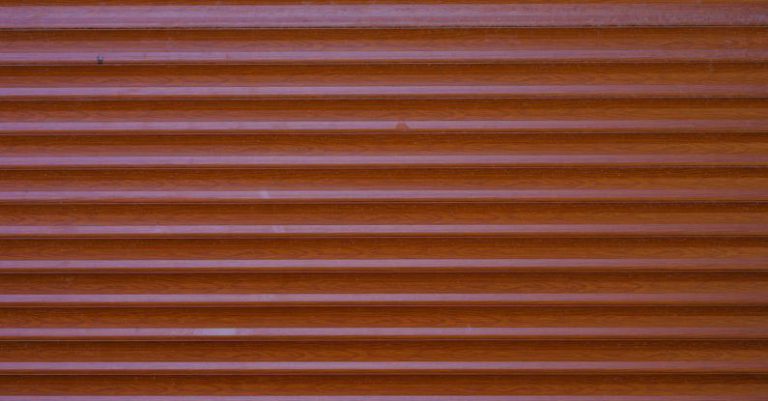How to Weatherproof Your Home for the Seasons
As the seasons change, it is important to ensure that your home is prepared for the weather that lies ahead. Weatherproofing your home not only helps to keep you comfortable, but it can also save you money on energy bills. Here are some tips to help you weatherproof your home for the seasons.
Inspect and Seal Windows and Doors
The first step in weatherproofing your home is to inspect your windows and doors for any gaps or cracks. These gaps can let in drafts and cause your heating or cooling system to work harder. Use weatherstripping or caulk to seal any gaps around windows and doors. This will help to keep the elements out and the comfort in.
Install Insulation
Proper insulation is key to keeping your home comfortable all year round. Inspect your attic, walls, and floors for any areas that may be lacking insulation. If necessary, add or replace insulation to improve energy efficiency. This will help to keep your home warm in the winter and cool in the summer.
Seal Air Leaks
Air leaks can be a major source of energy loss in your home. Inspect your home for any cracks or gaps in the walls, floors, and ceilings. Use caulk or foam sealant to seal these leaks and prevent drafts. Pay special attention to areas where pipes or wires enter your home, as these are common areas for air leaks.
Maintain Your HVAC System
A well-maintained HVAC system is essential for keeping your home comfortable and energy-efficient. Schedule regular maintenance for your heating and cooling equipment to ensure that it is running properly. Clean or replace air filters regularly to improve air quality and prevent dust and debris from clogging your system.
Protect Your Pipes
Freezing temperatures can cause pipes to burst, leading to costly repairs. Insulate exposed pipes with foam pipe insulation to prevent them from freezing. Disconnect and drain outdoor hoses before the winter months to avoid damage. If you live in an area with extremely cold temperatures, consider using heat tape or a thermostatically controlled heat cable to provide extra protection for your pipes.
Clean and Inspect Gutters
Clogged gutters can lead to water damage and leaks in your home. Clean your gutters regularly to remove debris such as leaves and twigs. Inspect your gutters for any damage and repair or replace them as necessary. Make sure that downspouts are properly directing water away from your home’s foundation to prevent water damage.
Check Your Roof
A well-maintained roof is crucial for protecting your home from the elements. Inspect your roof for any loose or damaged shingles. Replace any missing shingles and repair any leaks to prevent water damage. If your roof is old or in poor condition, consider hiring a professional to inspect and repair or replace it.
Invest in Storm Windows and Doors
Storm windows and doors provide an extra layer of protection against harsh weather conditions. Consider installing storm windows and doors to improve energy efficiency and protect your home from wind, rain, and snow. Storm windows and doors can also help to reduce noise and increase security.
Conclusion
Weatherproofing your home is an important step in maintaining comfort and energy efficiency throughout the year. By inspecting and sealing windows and doors, installing insulation, sealing air leaks, maintaining your HVAC system, protecting your pipes, cleaning and inspecting gutters, checking your roof, and investing in storm windows and doors, you can ensure that your home is prepared for the changing seasons. With these simple steps, you can stay comfortable and save money on energy bills all year round.






